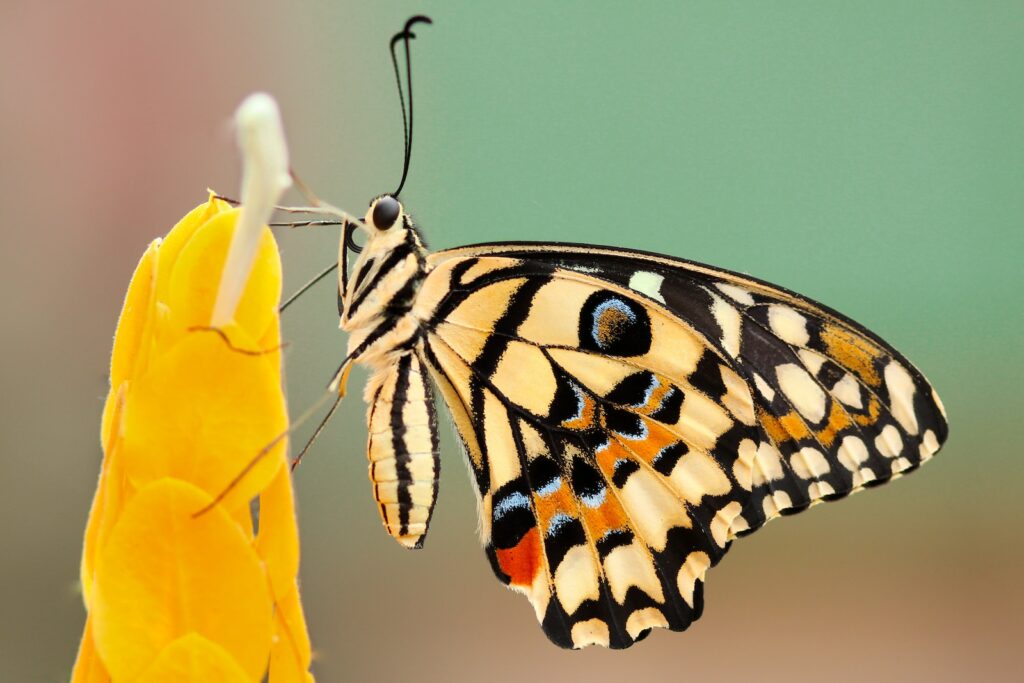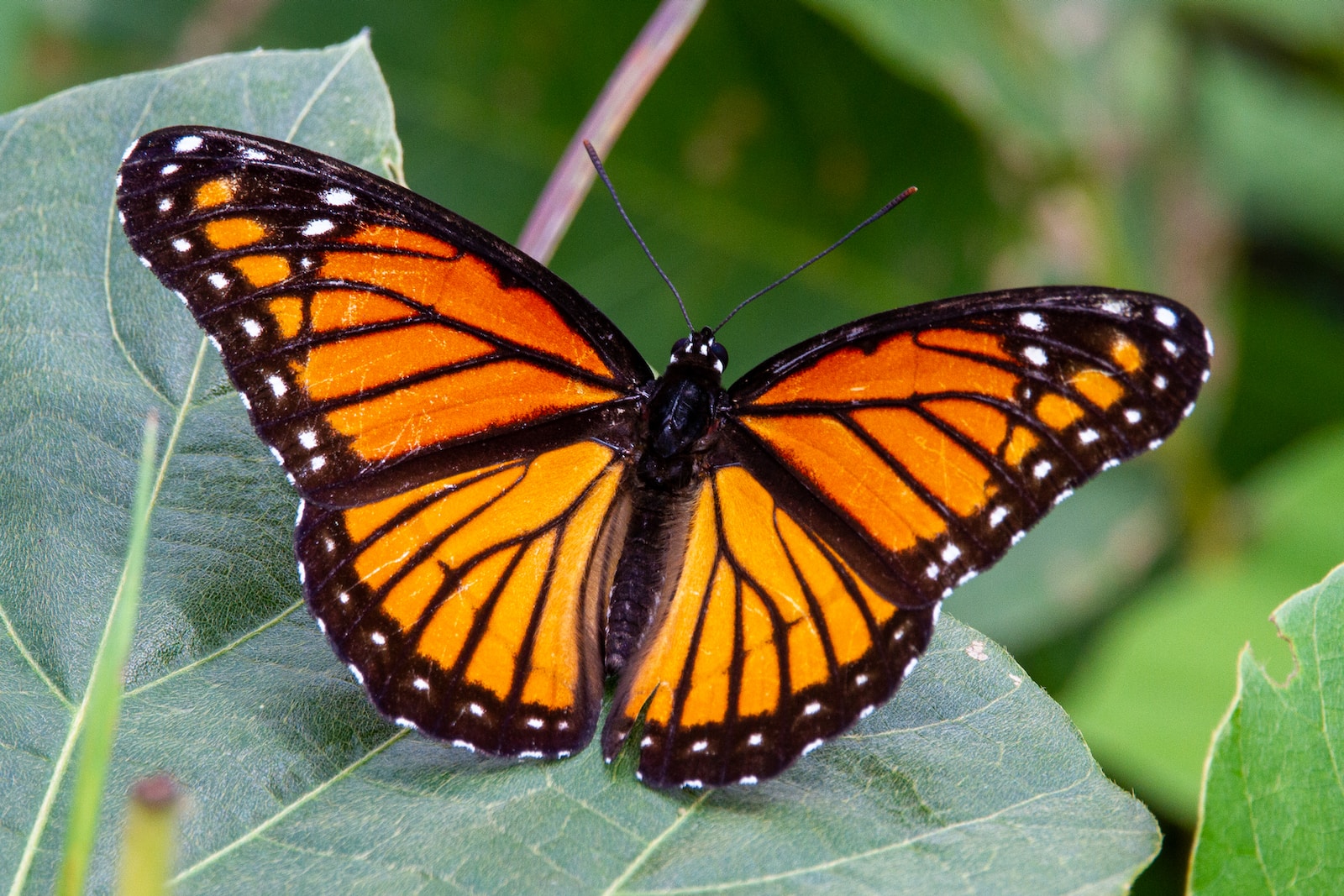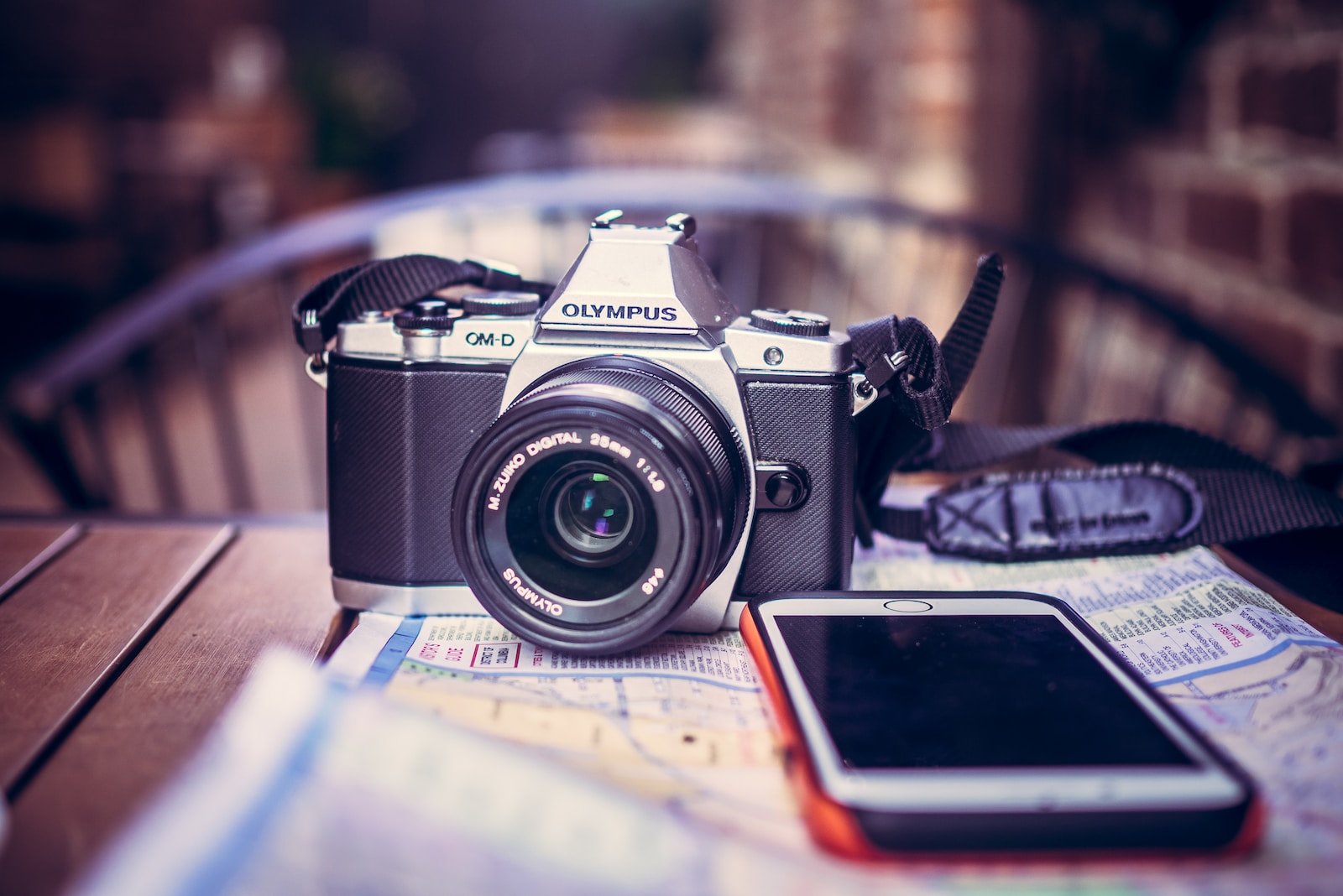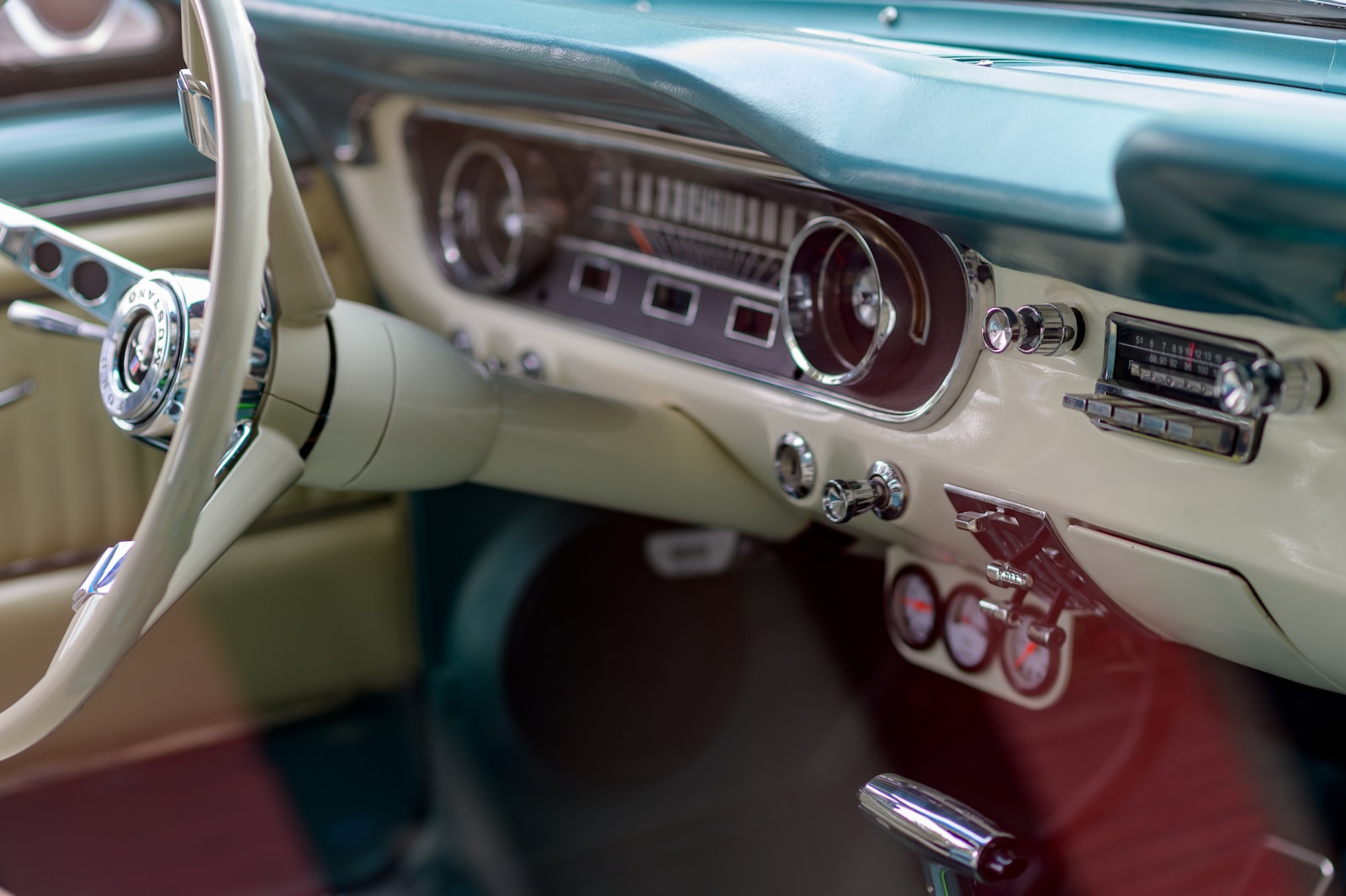Welcome to Close-ups of Butterfly Wings, your comprehensive guide to capturing the intricate beauty of butterfly wings through macro photography. Whether you are a seasoned wildlife photographer or a beginner looking to delve into the world of close-ups, this blog will provide you with tips, tricks, and techniques to help you capture stunning images of these delicate creatures. From the right camera gear to the perfect settings, join us as we explore the fascinating world of butterfly wings up close!
Table of Contents
- Understanding the Importance of Macro Photography
- Choosing the Right Camera Gear
- Mastering Camera Settings for Close-ups
- The Art of Patience: Approaching Butterflies
- Composition Techniques for Stunning Butterfly Wing Shots
- Post-Processing to Enhance Butterfly Wing Details
- Preserving Butterfly Habitats: A Call to Action
- Sharing Your Butterfly Wing Masterpieces
- Continuing the Journey: Exploring Other Close-Ups in Nature
- Close-ups of Butterfly Wings: A Comprehensive Guide
- Frequently Asked Questions
- 1. How do I capture close-ups of butterfly wings?
- 2. What camera gear do I need for butterfly wing photography?
- 3. What camera settings should I use for butterfly wing photography?
- 4. How can I capture butterflies in flight?
- 5. Are there any special techniques for photographing rare or exotic butterfly species?
- 6. How can I enhance the colors and details in my butterfly wing photos?
- 7. What tips do you have for getting clear and sharp butterfly wing photos?
- 8. Can I use a smartphone for butterfly wing photography?
- 9. How can I attract butterflies to my garden for photography?
- 10. Can I sell my butterfly wing photos?
- Wrap Up
Understanding the Importance of Macro Photography
Macro photography allows us to appreciate the smallest details in the natural world, and what better subject to explore than the wings of butterflies? These fragile appendages are not only essential for their flight but also display an array of breathtaking colors, patterns, and textures. By getting up close and personal with butterfly wings, we can uncover their hidden beauty and gain a deeper understanding of these magnificent creatures.
Choosing the Right Camera Gear
When it comes to capturing close-ups of butterfly wings, having the right camera gear is crucial. A DSLR or mirrorless camera with a macro lens is highly recommended. The macro lens will enable you to focus on the small details with exceptional clarity and sharpness. Additionally, investing in a tripod and a remote shutter release will help stabilize your shots and minimize any camera shake, ensuring crisp and high-quality images.
Mastering Camera Settings for Close-ups
Obtaining sharp and well-exposed images of butterfly wings requires mastering your camera settings. Shooting in aperture priority mode is often ideal, as it allows you to control the depth of field while letting the camera determine the appropriate shutter speed. A wide aperture, such as f/2.8 or f/4, will create a shallow depth of field, isolating the intricate patterns on the wings while creating a pleasing background blur.
The Art of Patience: Approaching Butterflies
Butterflies are known for their quick movements and erratic flight patterns, making them a challenging subject to capture. Patience is key when it comes to getting close to these fluttering creatures. Approach them slowly and calmly, avoiding sudden movements that could startle them. By observing their behavior and anticipating their movements, you can position yourself to capture the perfect shot when the butterfly eventually settles on a flower or leaf.
Composition Techniques for Stunning Butterfly Wing Shots
A well-composed photograph can make all the difference in showcasing the beauty of butterfly wings. When framing your shot, pay attention to the placement of the wings within the frame. Experiment with different angles, capturing both the upper and lower surfaces of the wings. Utilize the rule of thirds to create a visually pleasing composition, and try incorporating elements like flowers or natural textures to add depth and context to your images.
Post-Processing to Enhance Butterfly Wing Details
Your work doesn’t end once you’ve captured the perfect shot – in fact, it’s just the beginning! Post-processing can help you bring out the intricate details of butterfly wings and make your images truly stand out. Use software like Adobe Lightroom or Photoshop to enhance colors, adjust exposure, and sharpen fine details. Remember, the goal is to maintain a natural look while emphasizing the alluring patterns and textures of the wings.
Did you know that some butterfly species have wings that appear transparent? These wings are lined with tiny scales that reflect light in such a way that they become transparent, creating a mesmerizing visual effect.
Preserving Butterfly Habitats: A Call to Action
While capturing stunning close-ups of butterfly wings, it’s important to remember that these creatures play a vital role in our ecosystem. As pollinators, they contribute to the reproduction of countless plant species. By supporting conservation efforts and avoiding the use of pesticides in our gardens, we can help preserve and protect the natural habitats that butterflies rely on.
Sharing Your Butterfly Wing Masterpieces
Once you’ve mastered the art of capturing close-ups of butterfly wings, don’t keep your incredible images to yourself! Share your work on social media platforms or join photography communities where you can connect with fellow enthusiasts. Not only will you inspire others to appreciate the beauty of these delicate creatures, but you’ll also receive valuable feedback and perhaps even uncover new insights and techniques from the photography community.
Continuing the Journey: Exploring Other Close-Ups in Nature
Now that you’ve honed your skills in capturing the intricate patterns of butterfly wings, why not expand your horizons and explore close-ups of other natural subjects? From the vibrant petals of flowers to the fascinating textures of tree barks, there is a whole world of captivating close-up photography waiting for you. Keep exploring, experimenting, and capturing the beauty that lies beyond what initially meets the eye.
Close-ups of Butterfly Wings: A Comprehensive Guide
Butterflies are not only mesmerizing creatures but also excellent subjects for macro and wildlife photography. Capturing the intricate patterns and vibrant colors of their wings requires skill, patience, and the right equipment. In this guide, we will delve into the world of close-up butterfly photography and provide valuable tips and techniques to help you capture stunning shots of these delicate creatures.
Capturing the Essence of Butterflies
When it comes to photographing butterflies, one of the most challenging aspects is capturing their essence. These fast-moving creatures can be elusive, making it essential to adopt the appropriate strategies and approaches to ensure successful captures.
To begin with, it’s crucial to choose the right location. Look for areas with abundant flowers or plants that attract butterflies. Butterflies are more likely to linger in these areas, providing you with ample opportunities to capture close-ups of their wings.
Additionally, patience is key. Butterflies may flutter away momentarily, but they often return to the same spot. Take advantage of these brief breaks and be ready to snap your shot when they come back into frame.
Essential Camera Gear and Settings
When it comes to equipment for butterfly photography, a digital single-lens reflex (DSLR) camera or a mirrorless camera with interchangeable lenses is a great choice. These cameras offer superior image quality and allow you to switch between different lenses, providing versatility in capturing both wide-angle shots and close-ups.
Pair your camera with a macro lens to achieve the desired magnification and sharpness. A macro lens with a focal length between 90mm and 105mm is ideal for capturing the intricate details of butterfly wings.
As for camera settings, use a wide aperture (low f-number) to create a shallow depth of field, which will make the butterfly’s wings stand out from the background. Adjust your ISO to achieve an optimum balance between capturing details and minimizing noise. To freeze the fast-moving wings, use a fast shutter speed (1/500s or higher) to avoid motion blur.

Tips for Better Close-up Shots
- Focus on the details: When photographing butterfly wings, focus on capturing the intricate patterns, vibrant colors, and unique textures. Get close and fill the frame with the wings to showcase their beauty.
- Pay attention to lighting: Lighting plays a crucial role in highlighting the details of butterfly wings. Avoid harsh midday sunlight and opt for softer, diffused lighting. Early morning or late afternoon hours often provide the best lighting conditions.
- Experiment with angles: Don’t be afraid to experiment with different angles and perspectives. Capture shots from above, below, and at eye level to showcase the intricate details and patterns from various viewpoints.
- Use a tripod: To ensure sharpness and stability, use a tripod when capturing close-ups of butterfly wings. This will help eliminate camera shake and allow you to focus on composition and framing.
By following these tips and techniques, you can take your close-up butterfly photography to the next level. Remember, it’s not only about capturing the beauty of butterfly wings but also telling a story through your images. So grab your camera, head outside, and embark on an exciting journey to capture the mesmerizing world of butterfly wings.
Frequently Asked Questions
1. How do I capture close-ups of butterfly wings?
To capture close-ups of butterfly wings, you’ll need a macro lens and patience. Get as close as possible to the butterfly without disturbing it, use a small aperture for a greater depth of field, and make sure to focus on the intricate patterns of the wings.
2. What camera gear do I need for butterfly wing photography?
For butterfly wing photography, a DSLR or mirrorless camera with a macro lens is ideal. A tripod can also be useful to minimize camera shake and ensure sharp images. Additionally, using a remote shutter release or the camera’s timer function can help avoid any movement during the shot.
3. What camera settings should I use for butterfly wing photography?
When photographing butterfly wings, use a small aperture (high f-number) to maximize the depth of field and keep the entire wing in focus. Adjust the ISO to ensure a fast enough shutter speed to freeze any motion. Experiment with different settings to achieve the desired effect.
4. How can I capture butterflies in flight?
Capturing butterflies in flight can be challenging but not impossible. Use a fast shutter speed to freeze the motion, track the butterfly’s flight path, and try to pre-focus on a specific area where the butterfly is likely to land or pass by. Be patient and ready to snap the shot when the moment presents itself.
5. Are there any special techniques for photographing rare or exotic butterfly species?
Photographing rare or exotic butterfly species requires research and planning. Find out the best locations and times to spot these species, and be prepared with the appropriate camera gear. It’s important to respect the butterfly’s habitat and always follow any guidelines or regulations in place.
6. How can I enhance the colors and details in my butterfly wing photos?
Post-processing software such as Adobe Lightroom or Photoshop can help enhance the colors and details in your butterfly wing photos. Adjusting the saturation, contrast, and sharpness can bring out the intricate patterns and make your photos even more captivating.
7. What tips do you have for getting clear and sharp butterfly wing photos?
To get clear and sharp butterfly wing photos, use a tripod to eliminate camera shake, focus carefully on the details of the wings, and make sure the butterfly is still or in a relatively stable position. Shooting in good lighting conditions and using a small aperture can also help maximize sharpness.
8. Can I use a smartphone for butterfly wing photography?
While smartphone cameras have improved significantly, they may not have the same level of magnification and control as a dedicated DSLR or mirrorless camera with a macro lens. However, you can still capture beautiful butterfly wing photos with your smartphone by getting as close as possible, tapping to focus, and utilizing editing apps for post-processing.
9. How can I attract butterflies to my garden for photography?
To attract butterflies to your garden for photography, plant a variety of nectar-rich flowers, provide food sources like ripe fruits, and create suitable habitats such as water sources and sheltered areas. Avoid using pesticides that could harm butterflies or their caterpillars.
10. Can I sell my butterfly wing photos?
Before selling your butterfly wing photos, it’s essential to ensure you have the necessary permissions and legal rights. Some protected or endangered butterfly species may have specific restrictions. Depending on the purpose of your photos, you may need to obtain licenses or releases, especially if they are for commercial use.
Wrap Up
Now that you have all the essential tips and tricks for capturing stunning close-ups of butterfly wings, it’s time to grab your camera and head out into the wild. Remember, patience is key in wildlife photography, especially when it comes to these fast-moving creatures.
With your macro lens and a steady hand, you can bring the intricate patterns and vibrant colors of butterfly wings to life. Don’t be afraid to experiment with different angles, lighting conditions, and camera settings to create unique and mesmerizing shots.
So, go ahead and unleash your creativity! Start exploring the world of butterflies and see how close-ups can unveil their secret beauty. And don’t forget to share your experiences and breathtaking photos in the comments section below. We’d love to see the magic you create!



